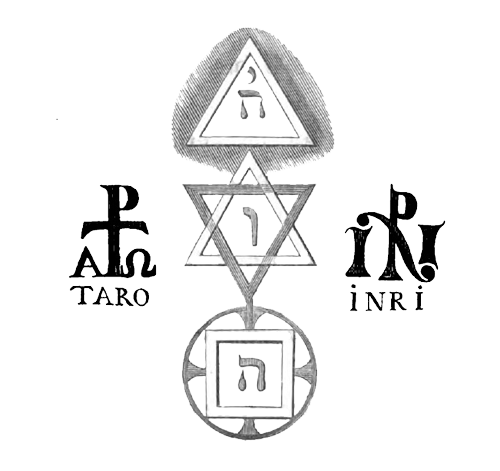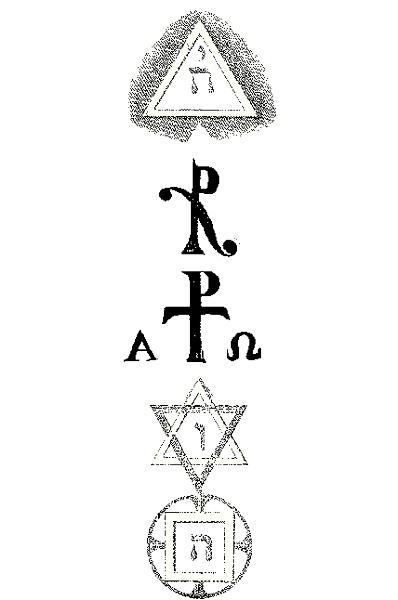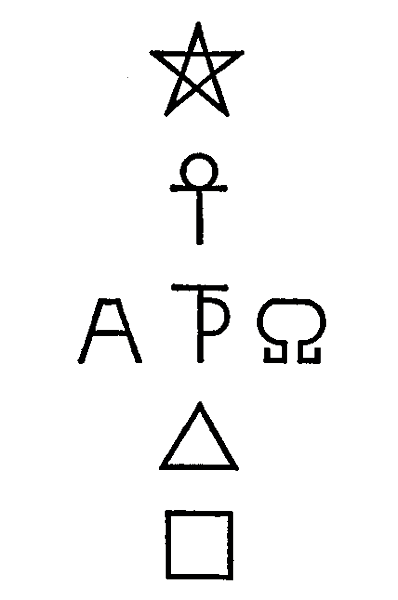|
|
|
Rudolf Steiner and Eliphas Levi
There is no doubt that Steiner was not only quite familiar with at least some of Eliphas Levi's work, but that he also sufficiently valued its quality to regularly use it. What is interesting are therefore the various notes and comments from Steiner that appears to be blanketly antagonistic to Levi: perhaps, however, it should be remembered that many of Steiner's audiences would have been quite familiar with Levi's writings. This would have been for a variety of reasons, yet, I would suggest, in a similar manner to Anthroposophical audiences these days familiar with Steiner's own writings (ie - he is 'known', and amongst the audience are some that have worked with, and read, a fair amount, and others who simply seek to work with the material half-known more deeply).
It is in this light and context that Steiner's comments with regards the excesses of Levi needs to be read.
As mentioned on my page discussing the seven seals of the Apocalypse, Steiner clearly makes use (and further wonderfully transforms) Eliphas Levi's work. I also merely mention on my Steiner and Tarot page that Steiner makes use of (and again transforms) a diagramme from Eliphas Levi that he then places on the Christmas Tree (GA 96).
Below I show those images for the sake of an easier comparison. The original is found in Levi's Dogme de la Haute Magie (p 154 of the original edition). I should also note that 'INRI', as placed upon the cross in the context of, therefore, the vanquishing of death by Christ, becomes the equivalent of the Ankh as symbolic of Life; and that the top triangle symbolising the Trinity is, in Steiner's rendition, replaced by the pentagram as the Representative of Man (Steiner's appelation for Christ in various lectures and wood-carving).
Eliphas Levi's diagramme
 |
Levi's image transformed
 |
|
Steiner's Christmas Tree image
 |
|


